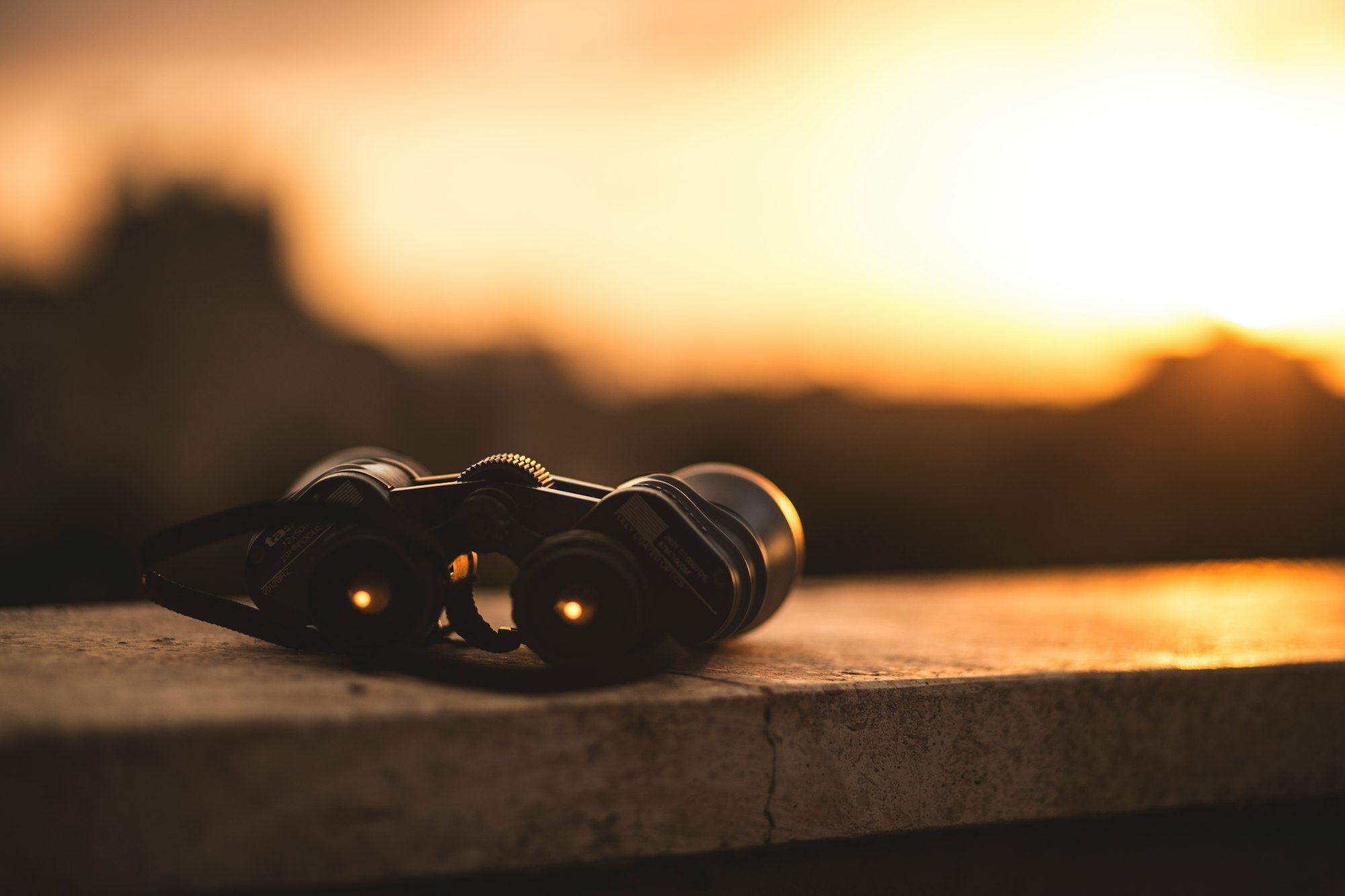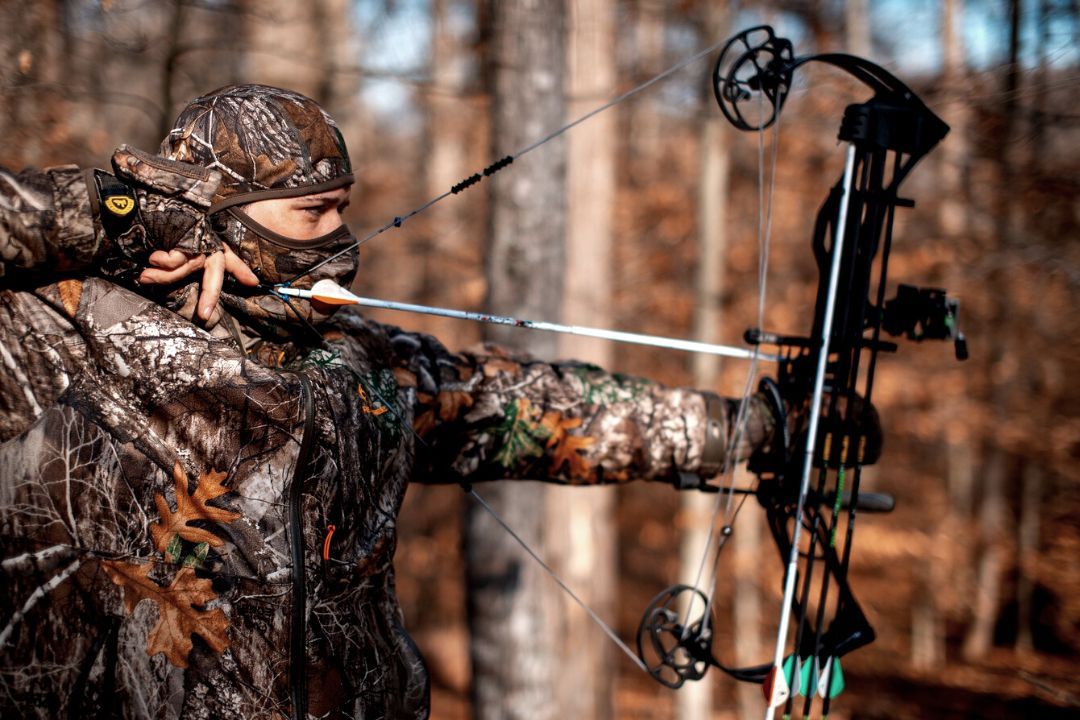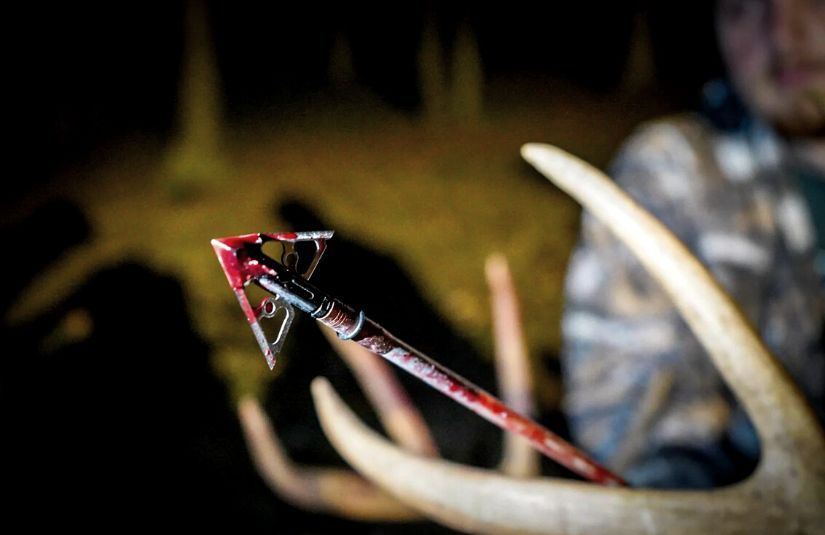Find Out How to Aim with Recurve Bows in this Simple Guide
A recurve bow is a type of bow that has tips that curve away from the archer when the bow is strung. Unsure how to aim your recurve bow? This guide covers the basics of sighting in your shot and getting that bulls-eye.
A recurve bow is a type of bow that has tips that curve away from the archer when the bow is strung. The limbs of a recurve bow, store more energy and deliver more power than an equivalent straight-limbed bow, making it a popular choice for both traditional archery and hunting.
If you're new to shooting a recurve bow, you might be wondering how to properly aim it. It involves more instinctive shooting that relies on skills and practice rather than relying on just equipment. Keep reading this short article to learn more.
Also, check out our article on the Best Mechanical Broadheads
How to Grip the Bow
The first step in shooting a bow is to learn how to grip it correctly. The hand position you use will depend on whether you are right-handed or left-handed.
If you are right-handed, your left hand should be placed at the end of the grip near the bottom of the riser (the central part of the bow). Your right hand should be placed above your left hand, with your thumb and first two fingers wrapping around the string.
For left-handed shooters, the opposite is true—your right hand should be placed at the bottom of the riser and your left hand should be wrapped around the string.
Once you have your hands in position, gently pull back on the string with your drawing hand until your first two fingers touch the corner of your mouth. At this point, you are ready to aim.
How to Aim a Recurve Bow
There are three main steps to take when aiming a recurve bow: aligning your body, aligning the sight, and releasing the arrow.
First, align your body so that you are facing directly toward your target.
Next, use the bow sight (if your bow is equipped with one) to line up the shot. If you use a bow without sight, visualize your target with both your eyes.
Finally, draw the bowstring and release the arrow by relaxing your grip on the string and allowing it to slide off of your fingers.
If you're having trouble hitting your target, make sure that you are taking deep breaths and exhaling fully before each shot. It might also help to practice without an arrow first so that you can get a feel for the proper form and technique.
Some Tips to Remember
- The limbic arches should get to the height of your chest, you should stop at a point where you can just use the tip of the arrow to aim.
- You can use your fingers as your arrow rest and the other hand should be at the level of your mouth.
- When you are aiming, consider an imaginary line with 3 points: the target, the arrow tip, and the end of the arrow shaft.
- Don't aim with only the arrow, simply line all the three points
- The tip of the arrow should be in line with your target when you are shooting at short distances, but don't just focus on the tip of the arrow, instead simply focus on the target.
- Look at the target with both your eyes. If you close one of your eyes, your arrows will be way off target.
- The difficult part is estimating the distance and getting the height right to get the correct arrow projectile. This is simply a matter of practice. You should have a rangefinder for hunting to get the correct distance, but even then you need practice to get the proper shot.
- If you need to aim high, move up from your waist holding the bow steady so that you don't lose the anchor point you established. Don't simply raise your hands, as it will result in inaccurate shots.
While archers have the luxury of Gap Shooting, where they can adjust their shooting angle after each shot depending on how far they are off their bullseye, being a bowhunter is difficult. You have to be more accurate, each time and every time. Because every missed shot will mean a lost chance to get that prized buck you had been eyeing.
Also, take a look at the short video below:
Final Words
Learning how to shoot a recurve bow takes practice, but once you get the hang of it it can be great fun. Just remember to grip the bow correctly, aim carefully, and take deep breaths before each shot! With a little bit of practice, you'll be able to hit the target in no time.
And if you are beginning your bowhunting journey and looking for the best recurve bows, we have got just the article for you. We have researched the best recurve bows available in the market and compiled a list of the top products.
Just tap the button below to check out our top picks and choose any one of them. You won't be disappointed. Keep at it and you will hit the bull's eye shortly.

Also, check out some of our other short reads:






